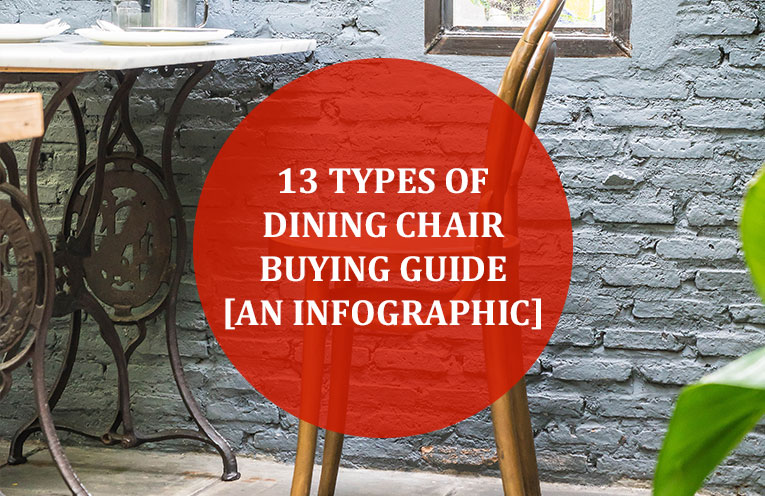Discover The Fascinating Experience Of Reconditioning Classic Closets, Revealing Unknown Stories And Exposing The Secrets Of History
Discover The Fascinating Experience Of Reconditioning Classic Closets, Revealing Unknown Stories And Exposing The Secrets Of History
Blog Article
Web Content Writer-Cunningham Cantu
To start the journey of bring back antique closets, you require a keen eye for information. Think of revealing covert keys within each layer of history ingrained in the timber. Image the complete satisfaction of revitalizing a once-forgotten piece to its former splendor. Every action of this precise procedure holds the vital to preserving the past while developing a future treasure. So, are you all set to start this transformative undertaking and unlock the possibility of your antique cupboards?
Examining the Cabinet's Condition
When beginning the repair process, begin by assessing the condition of the antique closet. Carefully analyze the general structure for any kind of indications of damages such as fractures, chips, or loosened joints. Inspect the wood for any kind of rot, bending, or insect invasion that may have happened over time. It's important to figure out the level of the repair required prior to proceeding additionally.
Next, inspect the cabinet's equipment such as joints, handles, and locks. Make note of any missing out on pieces or components that require fixing or replacement. Make certain that all equipment is working appropriately and safely attached to the cupboard.
In addition, review the cabinet's coating. Seek any type of scratches, spots, or discoloration that might influence the aesthetic appeal. Identify if the finish requires to be stripped and reapplied or if an easy touch-up will suffice.
Gathering the Needed Devices and Materials
After examining the condition of the antique cupboard, the next action is to gather the necessary tools and materials for the restoration procedure. Before have a peek at this website start, guarantee you have the following things on hand:
- wood cleaner
- sandpaper in numerous grits
- wood filler
- paint or wood stain
- brushes
- handwear covers
- security goggles
- a dirt mask
- a ground cloth
- a putty knife
- a hammer
- a screwdriver
- a vacuum
These tools and products are important for a successful repair.
Wood cleaner is crucial for getting rid of years of dirt and grime accumulation, preparing the surface for sanding. Sandpaper of different grits aids in smoothing out imperfections and preparing the timber for a new finish. Wood filler comes in handy for fixing any kind of splits, openings, or damages existing in the cabinet.
Repaint or timber tarnish, in addition to brushes, permit you to personalize the closet to your choice. Bear in mind to wear gloves, safety goggles, and a dirt mask for security. Lay down a drop cloth to shield your workplace, and use a hoover to clean up any debris.
With these devices and products gathered, you're ready to begin the repair procedure.
Executing the Reconstruction Refine
To efficiently implement the remediation process on your antique cabinet, start by completely cleaning the surface with the wood cleaner. This action is essential as it assists get rid of years of dust, gunk, and old gloss that might have gathered on the surface.
Once the cupboard is tidy and dry, evaluate the condition of the wood. Look for any fractures, scrapes, or other damages that need to be resolved. Use timber filler to fix any kind of imperfections, ensuring to match the filler color to the timber tone for a seamless coating.
After the repair work have dried out, delicately sand the whole surface to produce a smooth and even base for the new finish. Be careful not to sand too strongly, as you do not wish to harm the wood underneath.
Once the sanding is complete, apply a timber tarnish or finish of your selection, complying with the producer's directions. Enable the finish to dry completely before using a protective top coat to guarantee the durability of your recovered antique cabinet.
Verdict
Since you have completed the restoration process, your antique cabinet looks just as good as brand-new.
By following the step-by-step guide, you were able to analyze, fix, and improve its condition effortlessly.
With a fresh finish and safety top coat, your cherished piece will remain to beam for many years to find.
Delight in the charm of your recovered antique cupboard!
